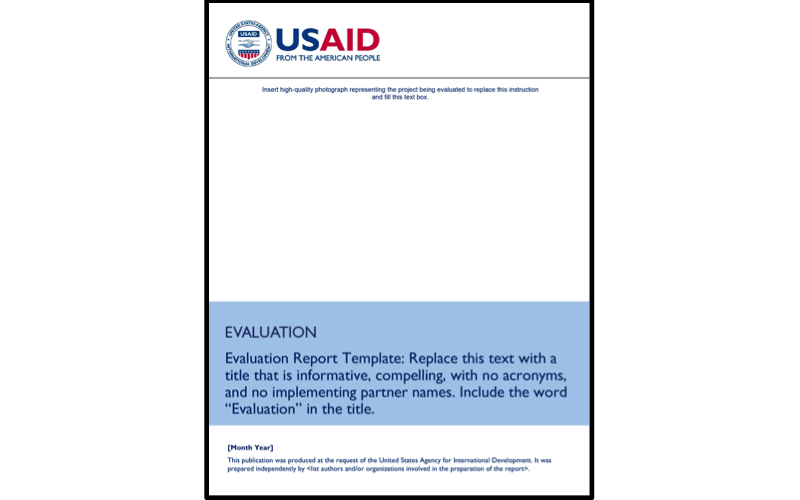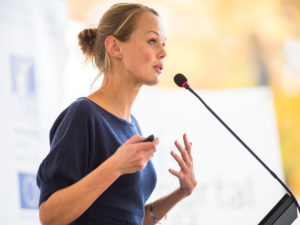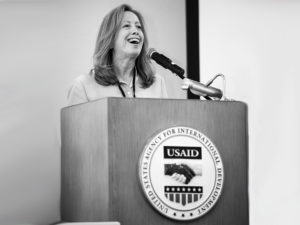How to effectively document and communicate your project’s progress and results.

We all use templates like this one to report progress and results. But what is the template for what goes inside?
How effective are you (or your organization) at documenting and communicating the performance of your global health projects? Donors such as USAID know that for realizing global health goals, they need effective and systematic documentation and communication. Host country governments also need to know what every project and organization is doing, and how they work to improve every country’s health system and the health status of their people. In this way, results and lessons learned can be incorporated and sustained as part of the host country’s national programs.
Helpful documentation and communication of project results are essential for effective coordination among all stakeholders. Given the large number of projects and stakeholders working in every country, a systematic approach to documenting and communicating results is necessary to ensure that everyone is on the same page and knows what everybody else is doing. In this way, all stakeholders can be aligned with the country’s development plan in the health sector and with the SDG 3 targets.
Effective project documentation and communication helps to answer important questions about the effectiveness of the project itself, such as: How do you and your organization stay up to date with all the activities? How do you use the information to make project management decisions? How well are the authorities at the Ministry of Health informed and able to use the information your project is generating? These are just a few of the questions you need to ask yourself, and your team, to ensure your project chooses the best way to document results.
Here are the guidelines we use at RGH to create effective project reports and to assist our clients to document theirs in a systematic and effective way:
- Have a clear message. July 11 was Population Day. This is an opportunity to communicate how you work to improve the delivery of family planning services in quality and quantity. Plan your reports so you can share information to help your audience learn at least one effective way to improve the delivery of family planning services.
- Design a short and organized report that is readable. If you have a clear message, this step is easier! Having a well-organized outline is a good start.
- Add value. What will the audience be able to do as a result of reading your report? Include best practices and lessons learned that are useful to your audience.
- Use concise language. Wordy and unnecessary language distracts the reader and prevents them from remembering the main message. Choose your words carefully. Make sure your language is focused on actions and is relevant to the country’s programs. In this way, you will help with the incorporation of lessons learned into the country’s programs and healthcare delivery procedures.
- Use one voice. I like to use the “you” voice to communicate directly with the audience. But others prefer “we” or “they.” Just ensure it the same all throughout the report!
- Ensure a respectful and factual tone. Even when difficult information needs to be conveyed, such as insufficient progress or the need to change course, ensure the tone is respectful and focuses on the facts. If possible, always include the source of your information.
- Balance text and graphics. Reports are not only about written words. Remember that we all learn and remember information in different ways. I learn better with short sentences and photos. Others prefer graphics, and others prefer to read more detailed explanations. Ensure your report balances the needs of your various audiences.
- Reports must be on time on and on budget. Time is money and timing is everything when communicating your project’s results. Use the right documentation and communication tools to make the best of both!
I suggest you use these eight points as a checklist to review your project documentation and communication plan.
Send me an email if you are interested in learning more about RGH’s project documentation and communication services, or schedule a consultation today.



